What were the Crusades?
The Crusades were a series of religiously motivated military campaigns between Christians and Muslims
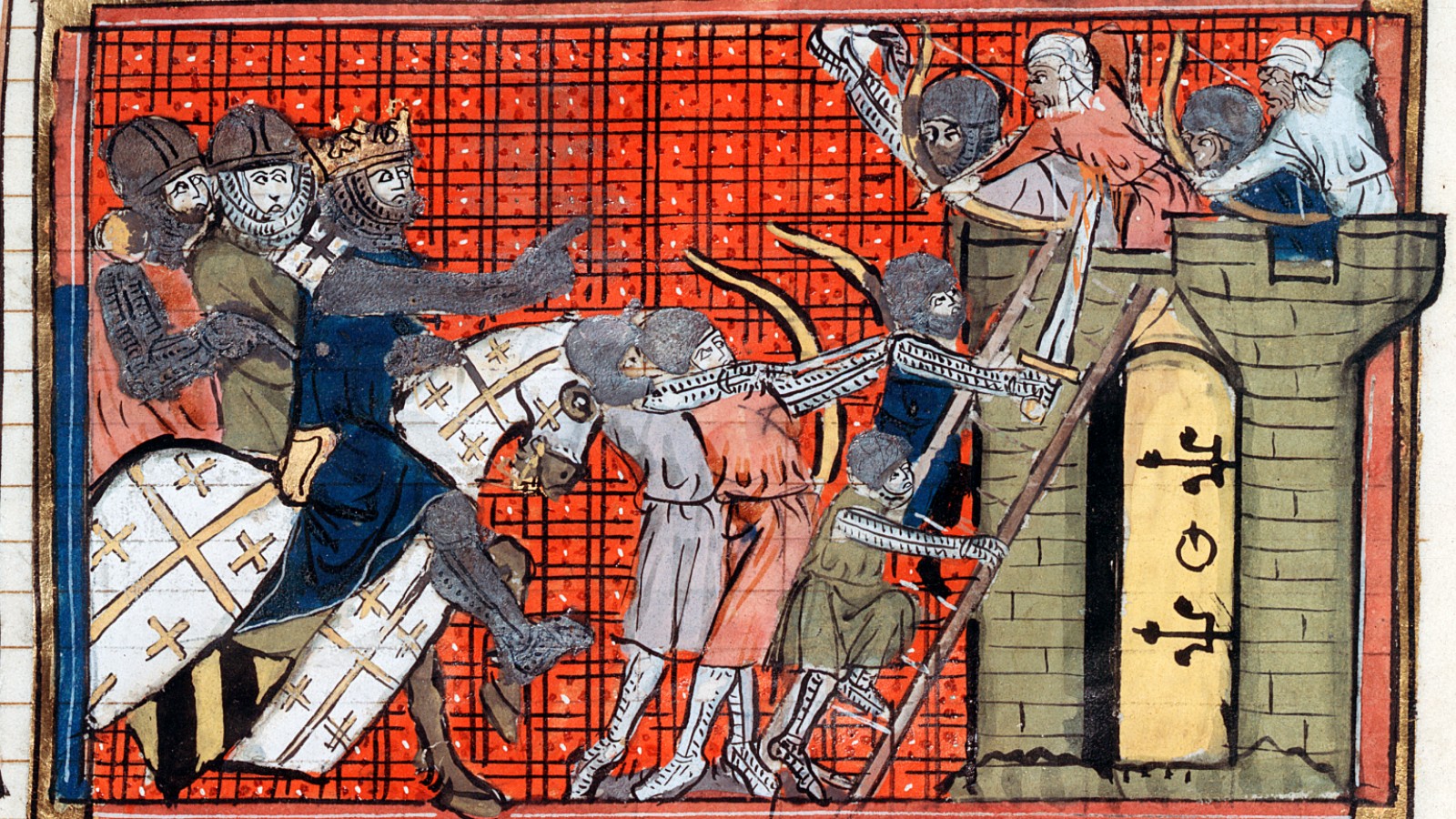
The Crusades were a series of religious wars initiated in 1095 by the Roman Catholic Church. They continued, in various forms, for centuries. The most well-known Crusades took place between 1095 and 1291 in the Near East, where European Christian armies attempted to recover the city of Jerusalem from Islamic rule.
There were other Crusades against Muslims in Iberia and against pagans and fellow Christians in Europe whom the Catholic Church deemed heretical. After the First Crusade (1095-1099) was launched by Pope Urban II, the large areas of the Holy Land were occupied by European Crusader States, as well as military orders such as the Knights Templar. By the end of the 18th century the Crusades had all but ended, leaving Europe and the Near East forever changed.
When were the Crusades?
The Crusades began in November 1095, at the Council of Clermont in France, Nicholas Morton, senior lecturer at Nottingham Trent University, and author of "The Teutonic Knights in the Holy Land, 1190-1291" (Boydell, 2009), told Live Science in an email.
"During this council, Pope Urban II gave his famous speech, launching the First Crusade, thereby marking the beginning of the crusading movement," Morton wrote. "It is very rare for historians to seriously suggest an earlier date, and yet many scholars observe that features which quickly became intrinsic to crusading (such as papal authorisations for warfare) do appear in earlier years."
Conversely, the Crusades did not necessarily conclude in the late 13th century. "Over the centuries, crusading fluctuated in popularity across Western Christendom, but it remained a feature of life for a very long time indeed," Morton wrote.
The late Jonathan Riley-Smith, a famous historian of the Crusades, has demonstrated that the papacy's willingness to initiate crusading campaigns began to decline in the 17th century; even so, Riley-Smith pointed out, aspects of the crusading movement persisted into later centuries.
Related: Who were the Knights Templar?
The Knights Hospitaller — a military religious order of the Church and a product of the crusading movement — continued to defend Malta until 1798, and some military orders participated in military activities in later years," Riley-Smith said.
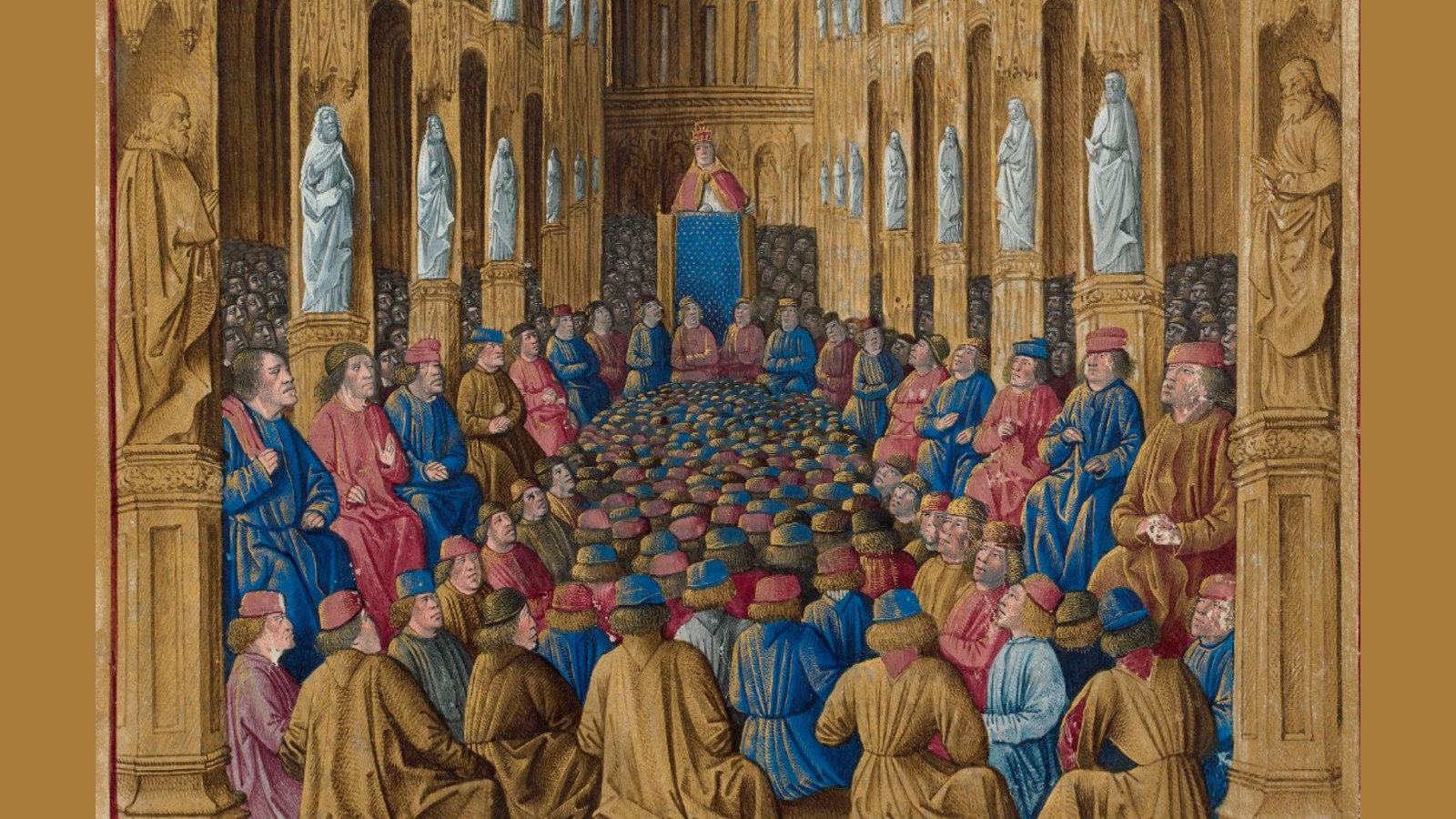
How many crusades were there?
Several Crusades took place between the 11th and 13th centuries, but the precise number is still debated among historians. "Historians are generally pretty consistent in numbering five of the largest crusading campaigns to the Eastern Mediterranean, using terms such as 'First Crusade', 'Second Crusade,' etc," Morton wrote.
"The problem is that this numbering system is not comprehensive and nor was it used by contemporaries. During the First Crusade, which lasted from 1095 to 1099, European Christian armies defeated Jerusalem and established the Crusader States. After the Fifth Crusade, some modern historians identify some crusades in the later 13th century by using labels such as the Sixth, Seventh and Eighth crusades. However, there is less consistency here."
How do we define the Crusades?
Morton claims it is difficult to define exactly what a crusade was. "Neither the papacy nor anyone else referred to the earliest Crusades as such. At the time, writers sometimes described crusaders as 'crucesignati' — meaning 'persons marked by the sign of the cross' — but at other times, they described them using other terms such as 'pilgrim'. Crusading also evolved over time, taking on many different forms and operating in many different geographical areas — which all complicates making any easy definition," he wrote.
There are several key features that help historians to define crusading campaigns. "In order to be considered an actual 'Crusade', the campaign had to be endorsed by the pope. In addition, a true Crusader took a crusading vow and then sewed a cross onto their clothing to symbolize their commitment. They also wore symbols traditionally associated with pilgrimages — such as a pilgrim's ‘scrip’ (pouch) and staff. Over time, crusaders acquired a specific legal status, which gave them privileges designed to protect them and their families during their absences; such a status also came with penalties should they fail to complete their vow."
The First, Second and Third Crusades

The most famous Crusades were the first three. The First Crusade was a highly significant event. "It began the crusading movement and resulted in the conquest of several major towns and cities in the Near East including Edessa, Antioch and Jerusalem," Morton said.
The Second Crusade (1147-1150) was a complicated event that was not confined to the Near East. "It was a response to the fall of the city of Edessa (the capital of the County of Edessa) in 1144 to the Turkish ruler Zangi," Morton wrote. "The crusade itself set out to reconquer Edessa, but it never got anywhere near this target and culminated in the unsuccessful siege of Damascus in 1148. The Second Crusade also included expeditions launched on other frontiers, including campaigns fought in Iberia (Spain and Portugal) and the Baltic region."
Related: The Holy Land: 7 amazing archaeological finds
The Third Crusade (1189-1192) was launched following the dramatic Islamic reconquest of Jerusalem. The pope launched the Third Crusade after the Battle of Hattin, when Muslim ruler Saladin defeated the kingdom of Jerusalem, Morton said. "The papacy responded by raising an enormous new crusade led by rulers — such as Frederick I of Germany, Philip II of France and Richard I of England (also called The Lionheart). "By the end of the Crusade, Jerusalem remained under Saladin’s control, but the crusaders managed to recapture some of the kingdom of Jerusalem's coastal cities," Morton said.
What were the Crusader states?
Following their success in capturing Jerusalem in 1099, the Crusaders established four Roman Catholic realms in the Middle East. Known as the "Crusader states" or "Outremer" (the medieval French term for "overseas"). "They consisted of the County of Edessa, the Principality of Antioch, the Kingdom of Jerusalem and, later on, the County of Tripoli”, according to Morton.
Antioch, Edessa and Tripoli covered the areas that are now Syria, Lebanon and Southeast Turkey, while Jerusalem encompassed modern-day Israel and Palestine. Although the states were established by Crusaders, the states populations contained only a minority of "Franks" — the Muslim and Eastern Orthodox term for Western Europeans.
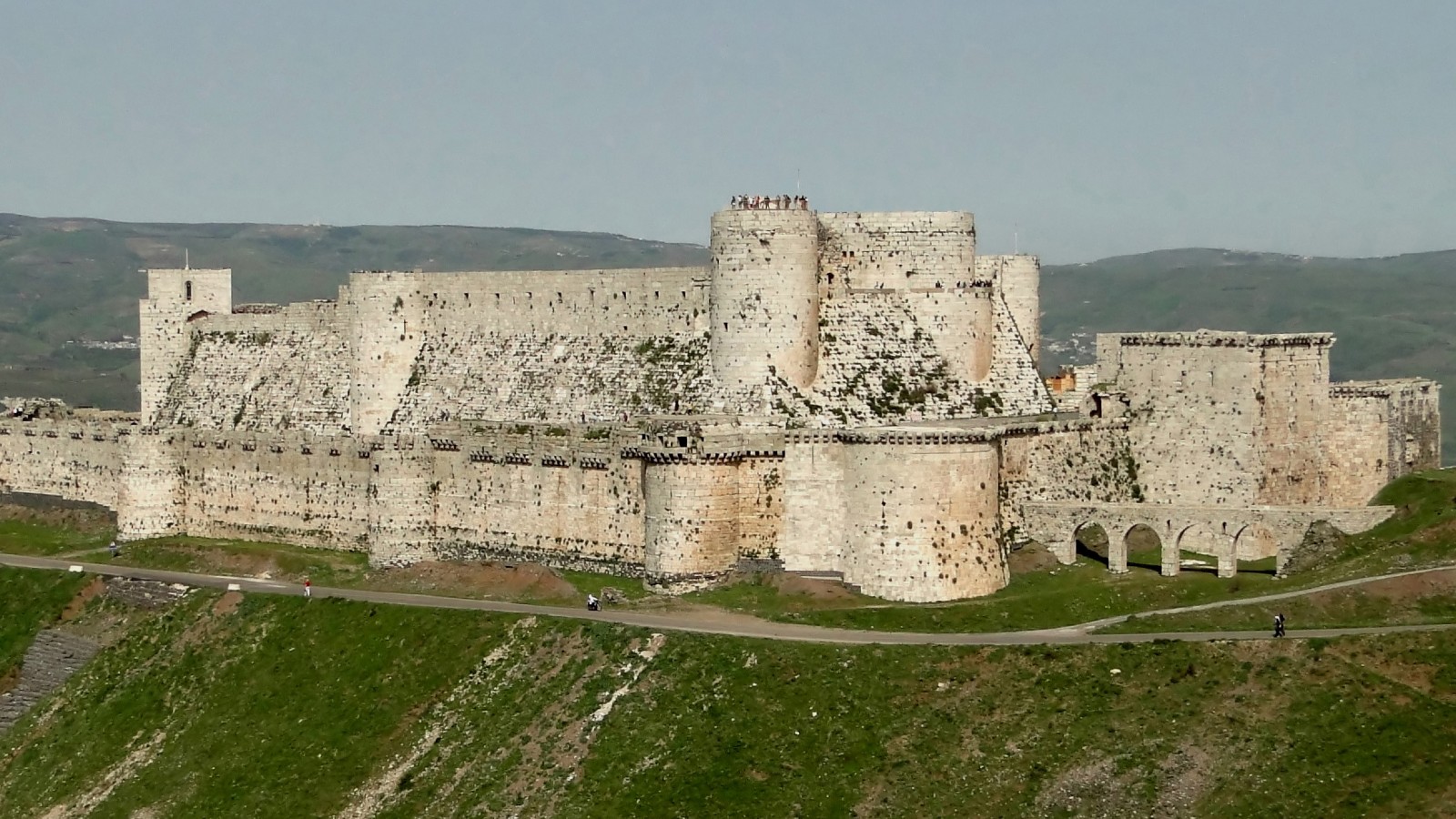
Most people who lived in the states were Indigenous Christians and Muslims who spoke a variety of Middle Eastern languages, Andrew Jotischky wrote in his book "Crusading and the Crusader States" (Routledge: Taylor & Francis, 2014).
Related: Biblical Archaeology: The study of Biblical sites & artifacts
Edessa fell to the Turkish warlord Zangi in 1144, but the other states held out against Muslim forces for many years. In 1268, the Mamluk sultan of Egypt at the time, known as Baibars, and his army captured Antioch; then in 1289, the Mamluk sultan Qalawun defeated Tripoli. The city of Jerusalem was captured by Saladin, Sultan of Egypt and Syria, in 1187, but the kingdom endured until its substitute capital, Acre, fell in 1291.
Were the Crusades confined to the Near East?
Although the more famous campaigns occurred in the Near East, some Crusades took place in Europe as well. These Crusades were launched by ambitious soldiers. After the first of these religious wars, other commanders tried to get the pope to also endorse their military endeavors, according to Morton. "Within a few decades, crusading campaigns took place against the Byzantine Empire, in Iberia (Spain and Portugal) and also in the Baltic region."
Beginning in the 13th century, various popes launched Crusades against their opponents within Europe. These wars targeted a broad swath of individuals, including heretics within Western Christendom and the pope’s political opponents, Morton said. As the policies and agenda of the Christian movement evolved, so did those targeted by the Crusades.
"In this way, crusades took place in many different areas, not just the Eastern Mediterranean, against many different societies and communities," Morton said. "To a contemporary eye, the journey to Jerusalem always retained a special and unique importance."
Children’s Crusade
Although they were primarily military campaigns, medieval Crusades were grounded in Christian religious ambitions. They were often spiritual undertakings that could be classified as "Popular" movements, Morton wrote. "Popular" Crusades occurred sporadically across much of the history of the crusading movement," he said.
"They were essentially moments when preachers or enigmatic leaders — often from humble backgrounds — spontaneously gathered crowds, inciting their followers either to join or to initiate a crusading campaign. This was often with little or no licence from the papacy."
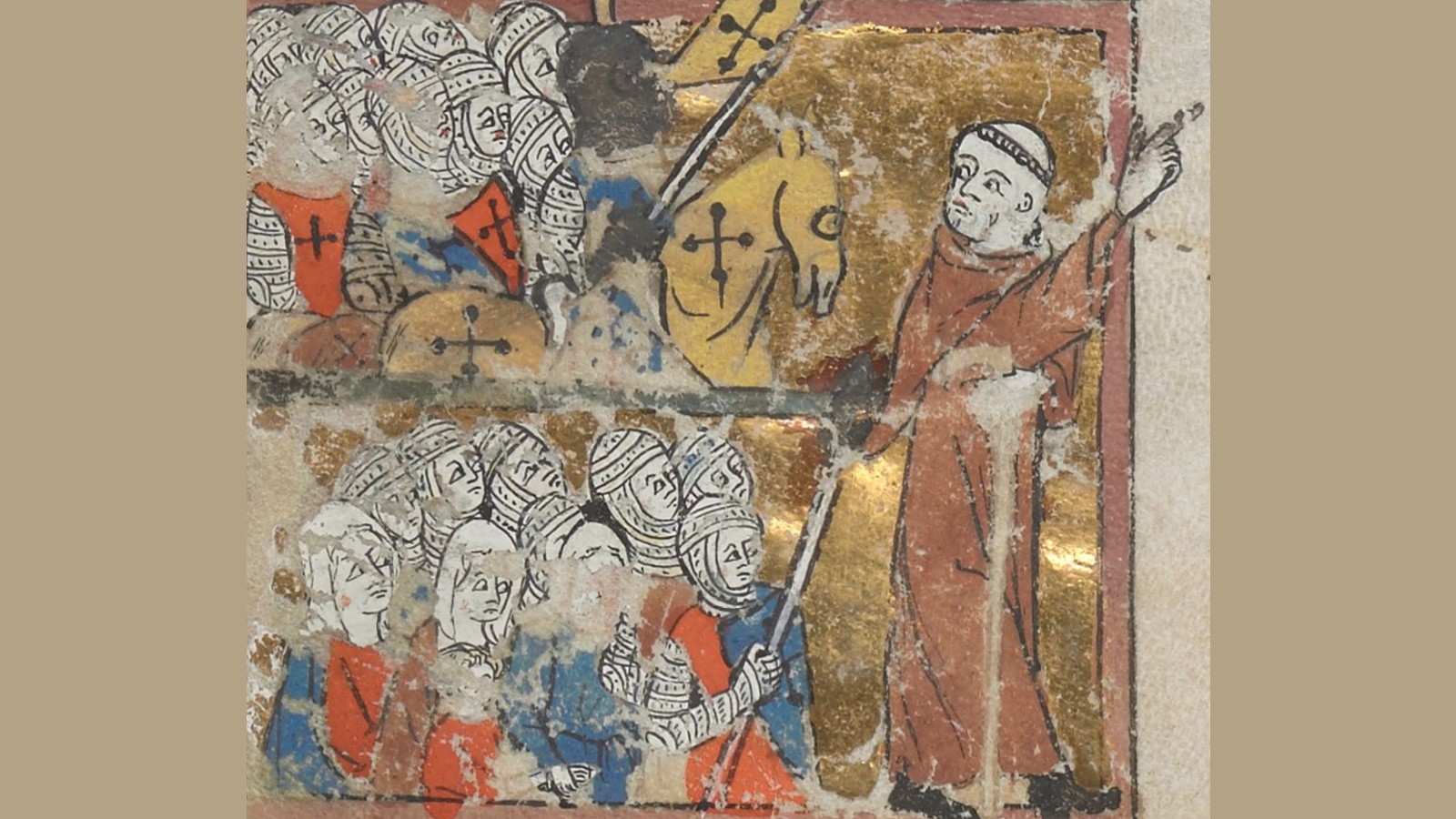
Two of the most famous Popular Crusades were the People's Crusade (1096) and the Children’s Crusade (1212). During the Children's Crusade, thousands of young people from northern France marched south toward the Mediterranean coast with the hope — never to be fulfilled — of reaching the Holy Land. The People's Crusade was the name given to the first part of the First Crusade, when a large army raised by Peter the Hermit tried to retake Jerusalem and the rest of the Holy Land from Islamic control.
Related: Ancient Israel: A brief history
The Popular Crusades were unsuccessful. "They scarcely ever reached their intended targets. The Children's Crusade never left Western Christendom, and Peter the Hermit's forces suffered an overwhelming defeat as soon as they entered Turkish-ruled Anatolia. Despite the reverses and military failures, these campaigns indicate just how popular crusading became across the social spectrum of Western Christendom."
Later Crusades
During the 13th century, Crusades to the Near East mostly attempted to retake or retain control of the city of Jerusalem. The most successful of these later crusaders was Holy Roman Emperor Frederick II. "Frederick briefly managed to regain Jerusalem in 1229, although it only remained in Frankish (Western European) hands until 1244," Morton said. "In Frederick's case, he sailed directly to the kingdom of Jerusalem and secured the Holy City's return during diplomatic negotiations with the Egyptian sultan."
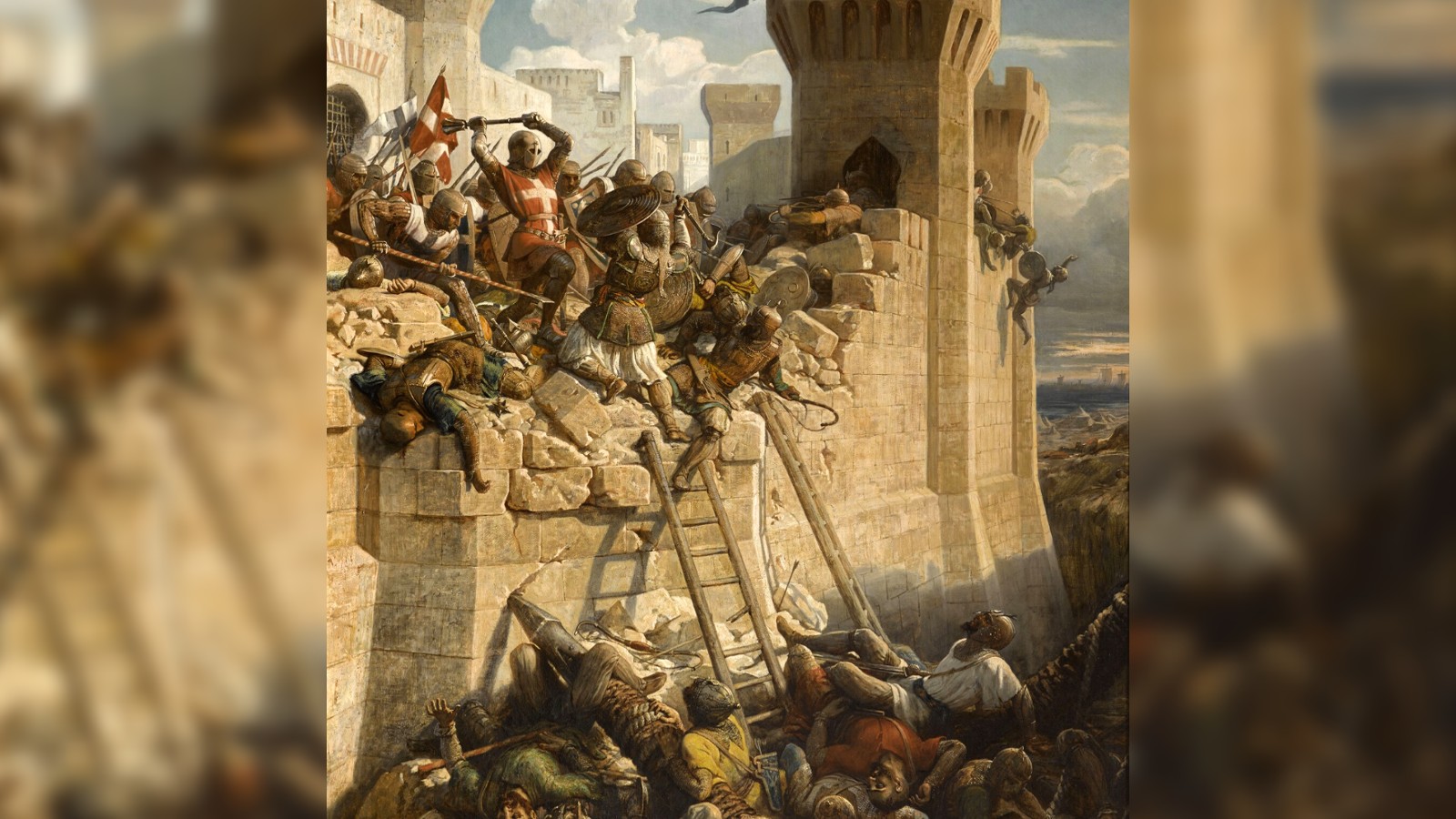
This period also saw Egypt become a crusader battleground. "Two other really big Crusades, the Fifth and the Seventh, attempted to conquer Egypt prior to advancing against Jerusalem. Their plan was to secure the agricultural wealth of the Nile Delta and the revenues of Egypt's mercantile cities," Morton said. "They would then use these resources as a base from which to achieve the permanent re-conquest of Jerusalem. Both attempts failed.”
Related: What Is the Ark of the Covenant?
Crusading expanded away from the Holy Land during this time, with popes attempting to gain tighter control of the various movements. "Perhaps the most significant developments in crusading during this century took place in other regions," Morton said. “At the time, the pope started Crusades against various opponents in many regions. These included the Albigensian heretics in southern France, the Mongols in Central Eurasia and the pope's political opponents. In addition, the papacy encouraged the broader population to contribute to the crusading either through financial donations, prayer, processions or other religious rites,” Morton said.
Legacy of the Crusades
The legacy of the Crusades remains potent even in the 21st century, according to Morton. "The era of the Crusades to the Holy Land is best known today as one of the most conflictual periods in the history of relations between Western Christianity and Islam," he said. "In the popular imagination, these Crusades are thought of as a straightforward conflict between two opposed religions."
The Crusades were similarly complex during the Middle Ages. "The irony is that, although the Crusades continue to be remembered in this way in the 21st century, the surviving sources from the medieval period — written by authors from many different cultures — tell a different story," Morton said. "They do contain statements of hatred, violence, massacres, triumphalist incitements to religious war and the defeat of other faiths. However, they also include descriptions of friendships, alliances, statements of respect and admiration that cross cultural and religious boundaries." He added that the "frontiers of war in the Near East were very rarely as clear-cut as simply 'Christian vs Muslim' or 'Muslim vs Christian'."
Such large military campaigns and religious movements ultimately influenced other areas of human development in the Near East. For instance, they fostered the sharing and creation of new technologies, new forms of art and architecture, as well as the exchange of different ideas and even cuisines. "The two worlds — Muslim and Western Christendom — learned a wealth of information about each other," Morton said.
Additional resources
- For an in-depth reassessment of the religious encounter during the Crusades, read "Encountering Islam on the First Crusade" (Cambridge University Press, 2016), by Nicholas Morton.
- For a military perspective on the Crusades, read another of Morton's books, "The Crusader States & Their Neighbours: A Military History, 1099-1187" (Oxford University Press, 2020).
- For a quick introduction to the Crusades, read "The Crusades: A Very Short Introduction" (Oxford University Press, 2005), by Christopher Tyerman
Sign up for the Live Science daily newsletter now
Get the world’s most fascinating discoveries delivered straight to your inbox.

Tom Garner is the Features Editor for History of War magazine and also writes for sister publication All About History. He has a Master's degree in Medieval Studies from King's College London and has also worked in the British heritage industry for the Shakespeare Birthplace Trust, as well as for English Heritage and the National Trust. He specializes in Medieval History and interviewing veterans and survivors of conflicts from the Second World War onwards.










